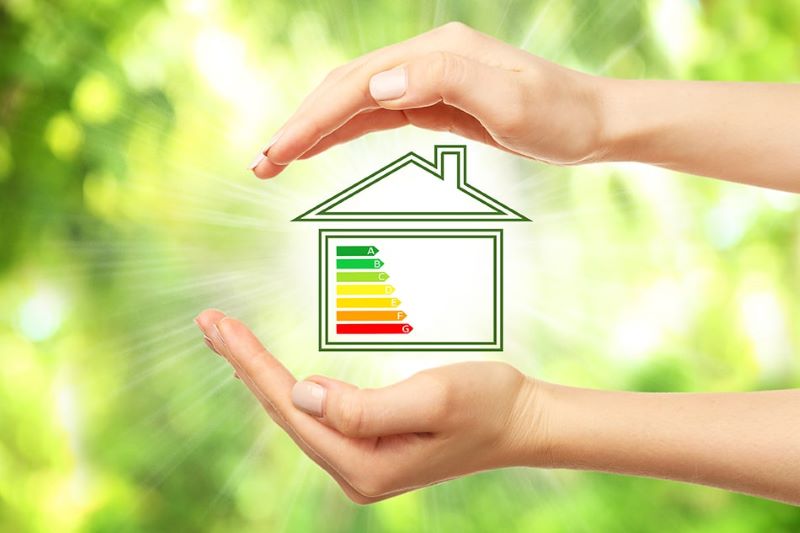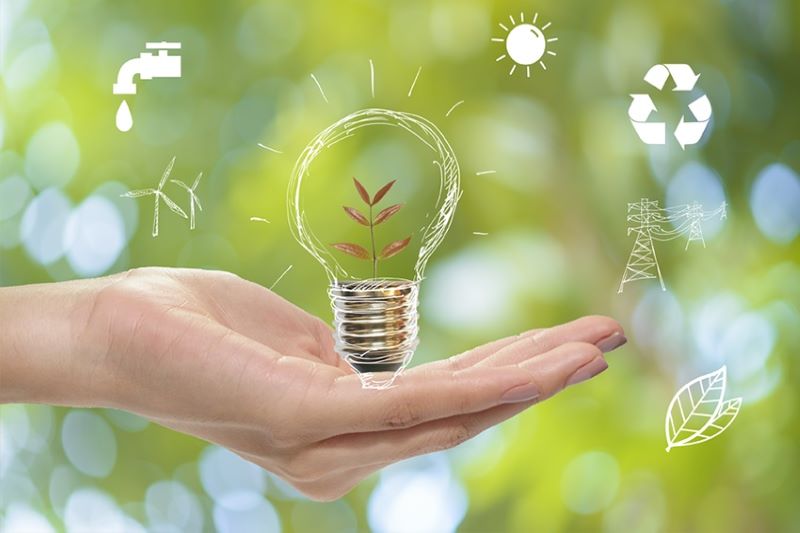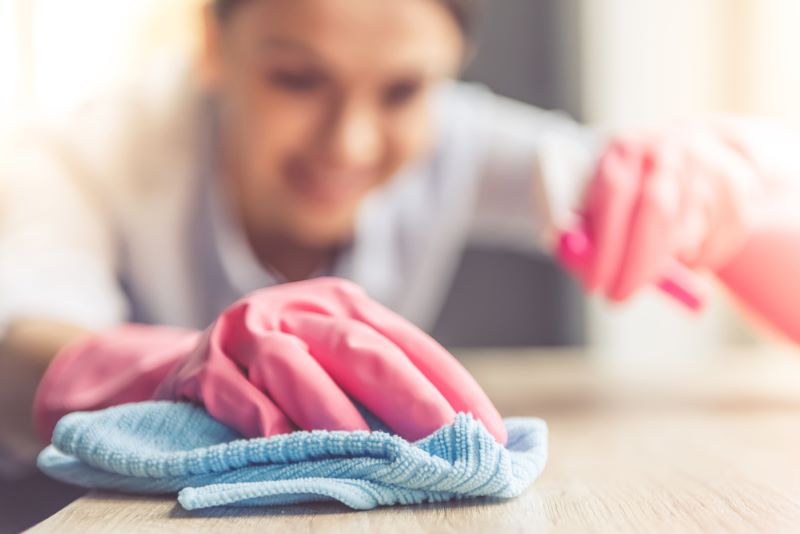Table of Contents
When we say home energy saving tips, we often reminisce our parent’s constant reminders to switch off the light or always close the fridge. Unfortunately, most homeowners only realize the importance of these tips until they find out how small actions can make a significant impact. After all, it’s our budget that matters.
Fortunately, with little or no ‘handyman’ experience and minimum investment, there are one thousand and one ways we can do to save energy at home. Here, we’ll walk you through a rundown of home energy saving ideas to get started.
1. Invest in ‘Green’ Appliances
Consider energy efficiency when buying new appliances. Be sure to choose appliances with the Environmental Protection Agency’s Energy Star label. The great thing about shopping for Energy Star appliances is that they consume between 10 and 50 percent less water and energy compared to traditional models.
2. Change the Light Bulbs
With the pressing environmental problems affecting water and air quality today, it could be a bit hard to imagine that small steps like changing light bulbs can make any difference. However, switching from incandescent light bulbs to Energy Star light bulbs can significantly reduce energy consumption and environmental impact of your residential or commercial property.
3. Install a Programmable Thermostat
If you are still using the old thermostat type, it’s high time to upgrade to a programmable model. Programmable thermostats keep your home at your desired temperature all day, even when you’re at school or work. It also keeps the right temperature during nighttime, while you are comfortably clad in an extra blanket soundly sleeping. Installing a programmable thermostat can save you up to 15 percent on your cooling and heating bills.
4. Reduce Phantom Loads
It’s safe to say that saving energy is essential not only to slash energy bills, but also to reduce our carbon footprint. On this note, using green power goes a long way to achieve these goals conveniently. You can reduce phantom loads with green baby steps like plugging your electronics and appliances into a power strip, or by unplugging them when they are not in use, and switching the strip off when you’re not using it.
5. Use Fans to Cool Your Home
During the cooling season, it’s a green idea to use ceiling, stationary and whole-house fans for cooling your home and allow your AC to rest a bit or boost its cooling effect. During the summer swelter, you might want to use a window-mountable fan for significantly cooler indoor space. According to the Department of Energy, if you’re using a large fan while your AC is on, you could raise the thermostat up to 4 degrees Fahrenheit.
6. Seal Cracks and Gaps
Another wise home energy saving trick is to seal gaps and small cracks where air leaks in and out of your home. By sealing leaks and improving your home insulation, you could potential save up to 10 percent on your annual heating and cooling cost. A good step in sealing your house is to work on your windows and doors. If you’re not comfortable with working on leaks, you might to hire an Energy auditor for assessment.
7. Improve the Energy Efficiency of Your Windows
Storm windows are good at reducing temperature loss by sealing leaks and gaps and allowing dead airspace between the window panes. Although installation of storm windows can be a bit pricy, it pays off significant saving down the road. If you can’t afford installing new storm windows, you can try inexpensive ways to improve your windows’ energy efficiency such as covering them with transparent material for improved insulation. You can also use window quilts and insulated shades.
8. Beef Up Your Home Insulation
Ideally, more than 50 percent of a household’s energy consumption goes to heating and cooling. Improving the insulation in your house’s attic, floors, ceiling and walls slows down airflow, making it easier to control your indoor temperature. The attic is the most convenient way to beef up circulation in your home.
9. Use Less Water
Reducing your water consumption reduces your water cost. And by using less hot water, you could also save on your electric bill. There are several tricks you can do to reduce water usage. For instance, you can take quicker showers and be wise whenever washing clothes and dishes or preparing foods. Another home energy saving tip is to lower your hot water temperature.
10. Get System Tune-ups
Has it been a long time that you had an AC or heater tune-up? It’s time to call your local HVAC service provide for professional tune-up and repair services. A system tune-up does not only ensures optimum efficiency and performance of your appliances, but it also improves your unit’s longevity.
11. Bring in a Pro For Home Energy Audit
Look for an energy company that offers home energy audits to help you save money, reduce energy consumption and ensure safety in your home. Home energy audit provides benefits in various areas like reducing energy costs in your home or business, minimizes environmental damage and pollution, and reduces energy supply consumption.
12. Choose Energy Star Room Air Conditioners
If you are ready to install a new air conditioner in your home, it’s best to choose Energy Star Certified AC units designed with advanced features for improved energy efficiency. These higher efficient air conditioning units often include timers for improved temperature control, which allows you to consume the minimum level of energy needed to cool your indoor space.
13. Install a Properly Sized Vent Fan
One smart trick to save energy at home is to use a properly sized vent fan. An Energy Star certified ventilation fan controls moisture in the air while you’re taking a bath or shower, and control mildew and mold growth, too. They operate quietly and are designed with industry-grade motors and blade design for better performance and improved longevity.
Saving energy is becoming more and more a win-win situation than ever. Every time you slash your energy costs, you don’t just save on your money, but you also reduces carbon footprint to the environment. Thanks to these home energy saving tips.
source: greenstaralliance.com








